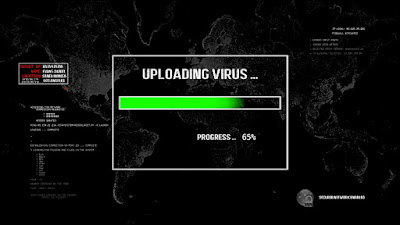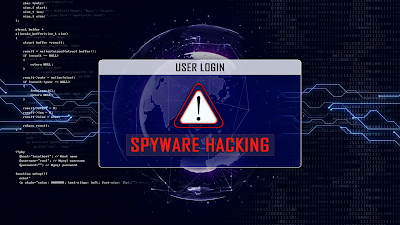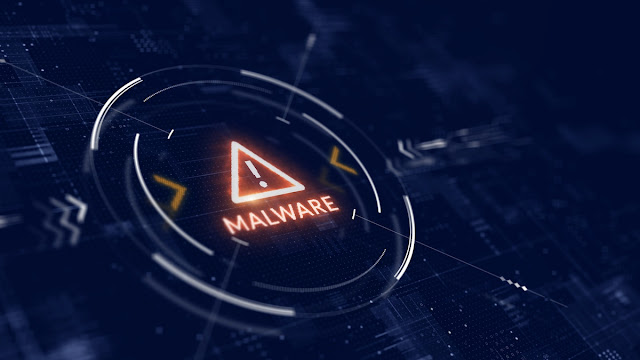Unlocking the Secrets of Malware: "The Hidden Threat That Lies Within".
The extensive usage of technology in today's digital age has greatly improved our lives. However, this quick development has also given rise to new dangers, with malware being one of the most common. Malicious software, also referred to as malware, represents a serious threat to our online ecology. In this tries to examine the different kinds of malware, their effects on people and organizations, and the precautions we may take to safeguard ourselves from this rising threat.
 |
Malware: "A threat to Security" |
Malware, short for malicious software, is a general term for any software or code that has been created with the intent to compromise, harm, or provide unauthorized access to computer networks, systems, or devices. It includes a broad spectrum of harmful software, including spyware, Trojans, worms, ransomware, and viruses. Cybercriminals design malware with a variety of goals in mind, including monetary gain, espionage, disruption, and sabotage. Data breaches, identity theft, and financial loss for people are just a few of the serious problems it may lead to, along with operational interruptions, reputational harm, and economic effect for organizations and even entire countries. Utilizing dependable antivirus software, maintaining system updates, adopting safe browsing practices, and educating oneself about potential dangers are just a few proactive security measures that are needed to protect against malware.
Types of Malware :
1. Viruses:
Viruses attach themselves to normal files and spread by infecting other files on the system. These self-replicating programs. Viruses frequently interfere with regular computer functions and can do significant harm.
 |
Virus |
2. Worms:
Worms are independent programs that replicate themselves and spread throughout networks by taking advantage of security flaws. Worms, which can significantly clog up networks, do not require other files to attach themselves to them like viruses do.
 |
Worms |
3. Trojans:
These programs pose as legitimate software to trick users, earning their name from the infamous Trojan Horse. Trojans permit unauthorized access to a system, giving hackers the opportunity to steal confidential data or take over the infected system.
 |
Trojans |
4. Ransomware:
Ransomware encrypts a victim's files and prevents access to them unless a ransom is paid. Attacks by ransomware have gotten more deadly and sophisticated, affecting key infrastructure as well as people and organizations.
 |
Ransomware |
5. Spyware:
Spyware secretly tracks user behavior and collects personal data without authorization. It poses a serious threat to privacy because it can track keystrokes, take screenshots, and record surfing patterns.
 |
Spyware |
How to Shield Your Data from Malware?
1. Use Respectable Antivirus Software:
2. Update your Software:
3. Taking Precautions while Downloading files:
4. Enable Firewalls:
 |
Enable Firewalls |
5. Maintain Strong Password habits:
6. Backup Data Frequently:
7. Educate and Promote Awareness:
 |
Malware is a persistent danger that poses serious risks to people, businesses, and the global digital economy. To protect yourself from these hostile threats, it's crucial to comprehend the many varieties of malware, their effects, and the implementation of strong preventive measures. We can create a safer digital environment for ourselves and future generations by adopting proactive cybersecurity practices, keeping up-to-date software, and remaining educated about the current dangers.

